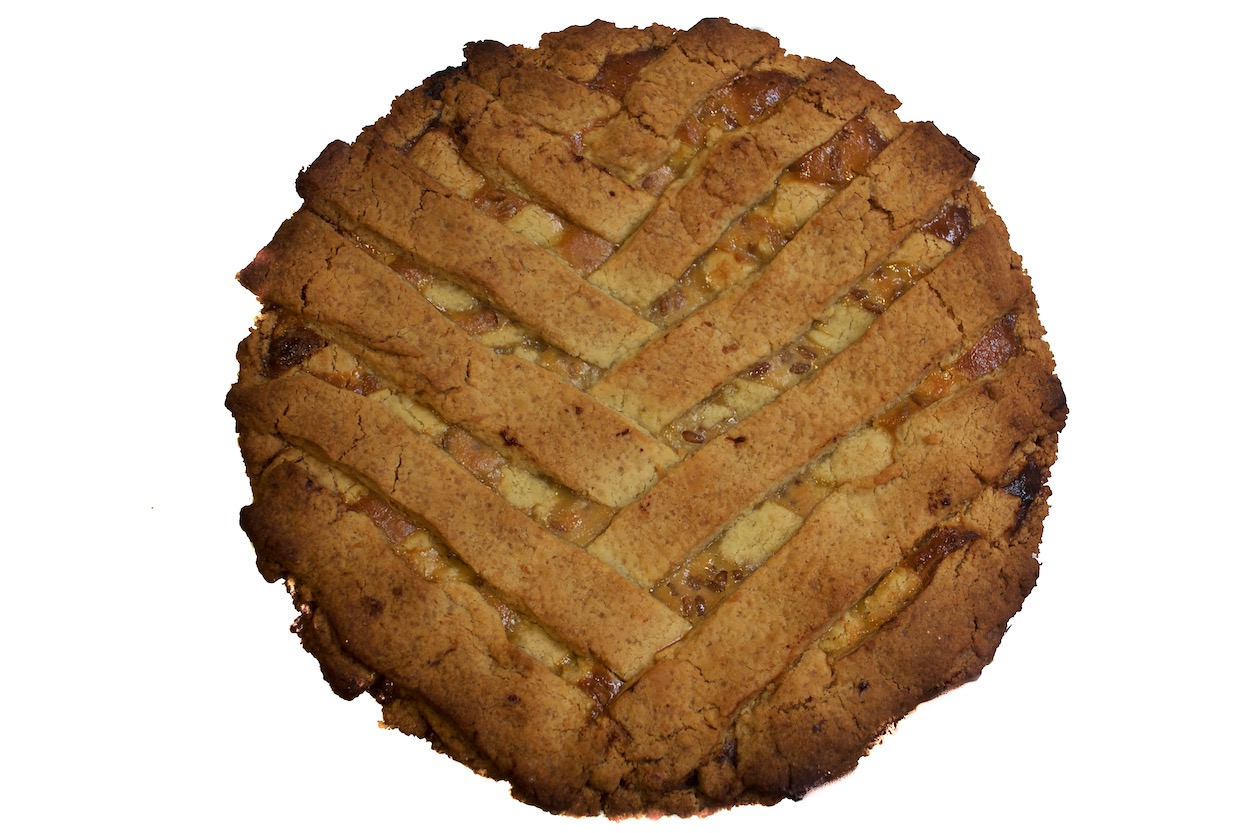
Adapted from Lidia Bastianich
My mother is part Neopolitan, and every Easter, she'd wax poetic about the torta di grano, or pastiera, of her youth. We'd get miniature versions from the bakery, but they were never quite as good. There'd be no lattice top, or no actual wheat kernels, or the filling would be too sweet or too dense. But then, when I was first learning to cook, I found this recipe for pastiera in one of my cookbooks, and I knew I had to start making it as part of our Easter tradition. It became a labor of love, and it nearly crushed my soul.
That first year, I misread the measurements for some of the ingredients and ended up with a cake that weighed twenty pounds. The second year, I forgot the critical step of soaking the wheat kernels and sat there cringing as my family crunched their way through each polite bite of cake. The third year, as I was carrying the cake to the oven, I slipped on a wet spot on the floor. I dropped the cake, and everything splattered all over everything. It took a long time to get over that one.
But I'm glad I did, because even though this cake takes planning and patience and in no way can be whipped up in an hour on a busy Saturday afternoon, it is well worth the effort. I substituted lime zest for the lemon zest of the original recipe because I had a lime leftover from last week's taco night, no lemons to speak of, and I didn't feel like making an extra trip to the store. The original recipe also calls for orange water, and I thought the juice from the lime was a nice subsitute as well. You could use a few teaspoons of orange juice instead. The cake can stay in the refrigerator for up to a week and actually tastes better a day or two after it's made. I like eating the leftovers for breakfast.
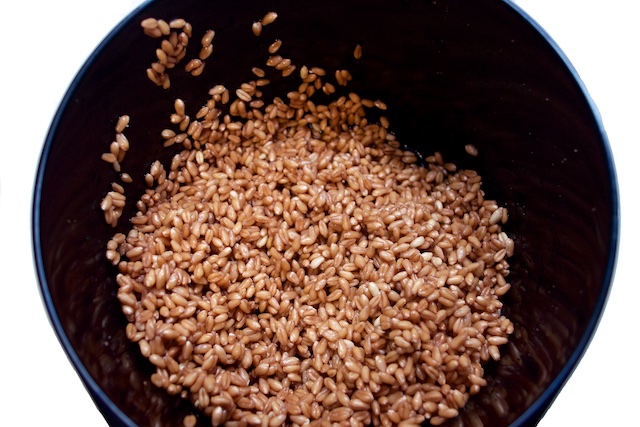
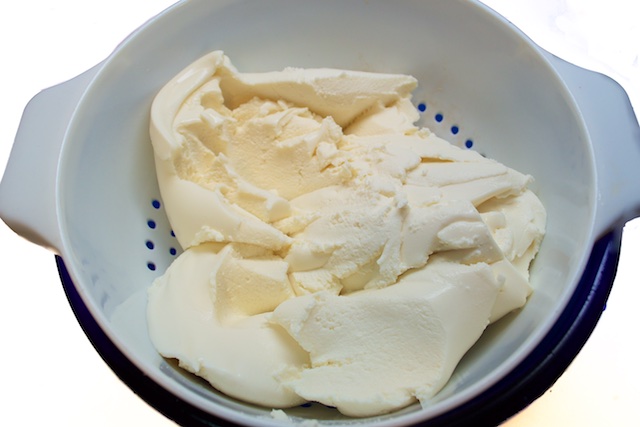
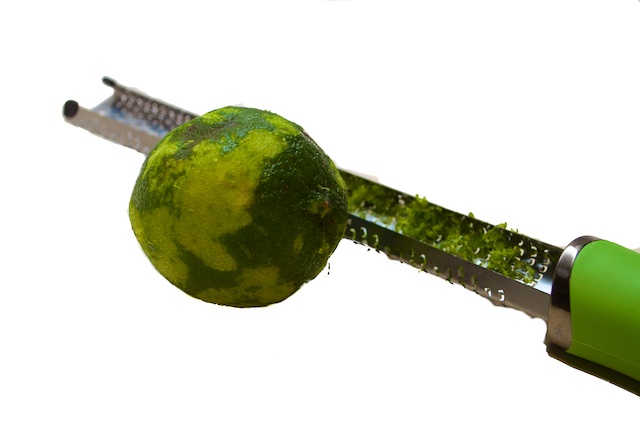
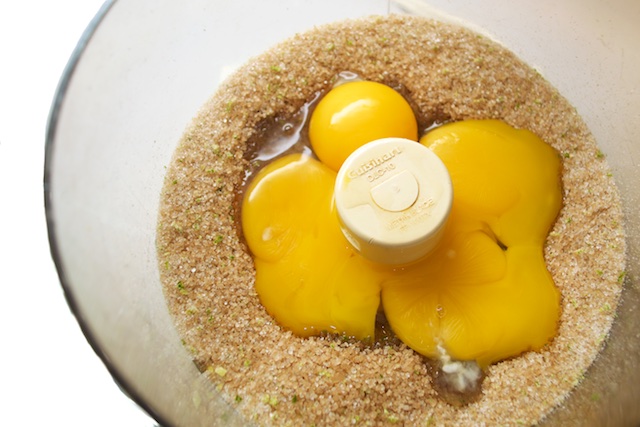
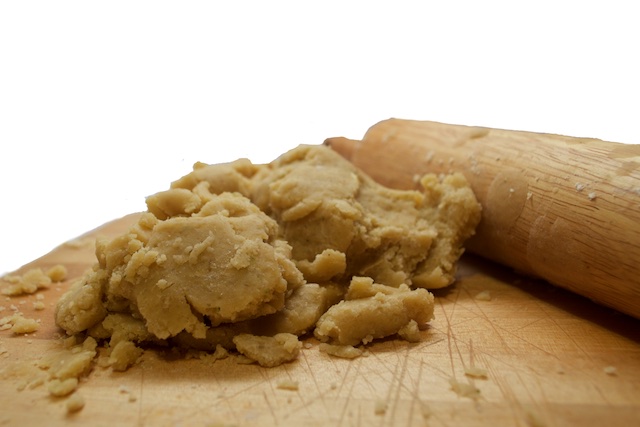
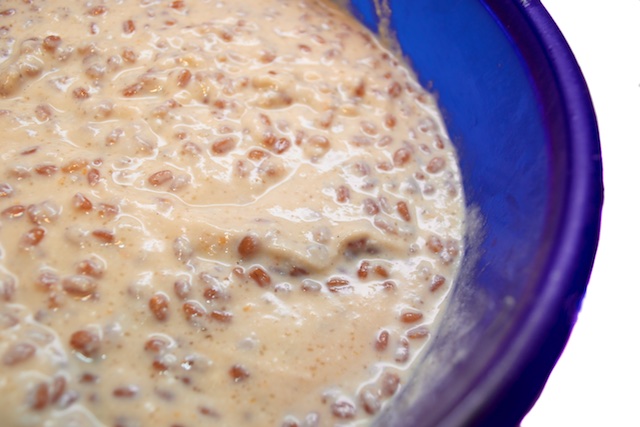
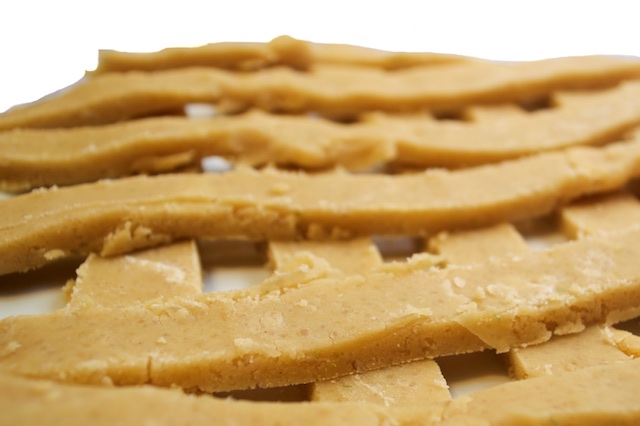
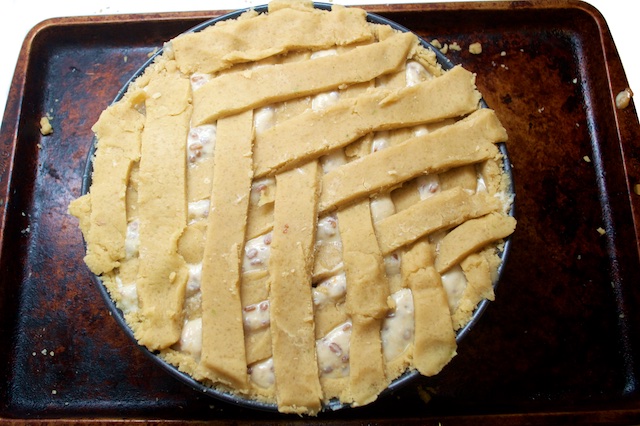
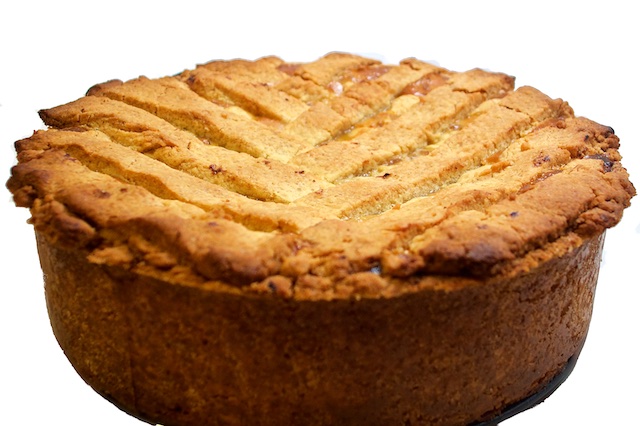
Ingredients:
- 4 cups of ricotta (the original recipe calls for whole-milk, but I used part-skim)
- 4 ½ cups of granulated sugar (2 for the dough and 2 ½ for the filling)
- 6 large egg yolks
- 3 large eggs
- 2 cups (1 pound) unsalted butter, cut into 1-inch pieces, at room temperature
- 4 cups flour
- 2 cups wheatberries
- 4 cups milk
- ½ teaspoon cinnamon
- 1 lime
- grated zest from 1 orange
Make the Pastiera:
Plan on soaking the wheatberries and straining the ricotta the night before you are going to make the cake. It's not a huge deal if you forget these steps until the next day, but you'll need to wait a few hours before starting on the rest of the cake. Soak the wheatberries in a bowl with enough water to cover by two inches for at least three to four hours, or preferably overnight.
Spoon the ricotta into a colander or strainer, cover with papertowels or cloth, and top with a small plate. Refrigerate for at least three to four hours, or preferably overnight.
The dough will need to rest in the refrigerator for at least an hour, but you can also make it the night before. Using a food processor, combine 2 cups of sugar, 4 egg yolks, and the zest of the lime and blend. Add the butter and use quick on/off pulses to incorporate all of the ingredients. Scrape the dough into a mixing bowl and stir in the flour until the dough is smooth. Form the dough into a disk, wrap in plastic wrap and refrigerate for at least an hour.
While the dough is resting in the refrigerator, drain the wheat berries and add them to a pot with the milk and ¼ cup of sugar. Cook on low-medium heat, stirring occassionally, for at least 45 minutes. All ovens and stoves are a bit different, and you will want the wheatberries to be tender but chewy, so you may need to cook them a bit longer. I cooked mine for about an hour and they could have probably used another ten minutes. Drain the wheatberries and let cool.
Preheat the oven to 350° F. Butter a 12-inch springform pan. On a well-floured board, and using a well-floured rolling pin, roll out ⅔ of the dough into a 16-inch circle about ¼ inch thick. The original recipe calls for you to lift the dough circle into the pan, but I've never been able to do this successfully. Instead, I divide the dough circle into sections, and then transport each section to the pan for reassembly back into a circle. Even then, the dough may tear or break. Dont worry. Just press the torn edges together as you press the dough against the bottoms and sides of the pan. I like to use the bottom of a measuring cup to smooth the dough out along the sides, edges, and corners of the pan.
Roll out the remaining dough on a lightly floured surface to a 12-inch circle and slide onto a baking sheet. Refrigerate the lined pan and rolled dough until needed.
Use a food processor to process the remaining 2 ¼ cups of sugar, the eggs, and egg yolks. When the mixture turns pale yellow, spoon in the drained ricotta and add the lime juice and cinnamon. Use quick on/off pulses to mix until just blended. Scrape the ricotta mixture into the bowl with the grain (which should now be completely cooled). Add the orange zest and fold together with a spatula.
Remove the dough from the refrigerator. Spoon the ricotta filling into the dough-lined pan. Cut the pastry circle into ½-inch strips. Make a lattice top by alternating the direction of the dough strips as you place them over the filling. If you end up with a broken strip, just press the broken edges together. You may need to roll the strip back into shape a bit. Press the dough strips along the sides of the pan, pinching off any excess dough.
Bake until the pastiera is golden brown and the center feels springy to the touch, about 1 ½ hours. Remove, and cool completely before serving.
•
•
•